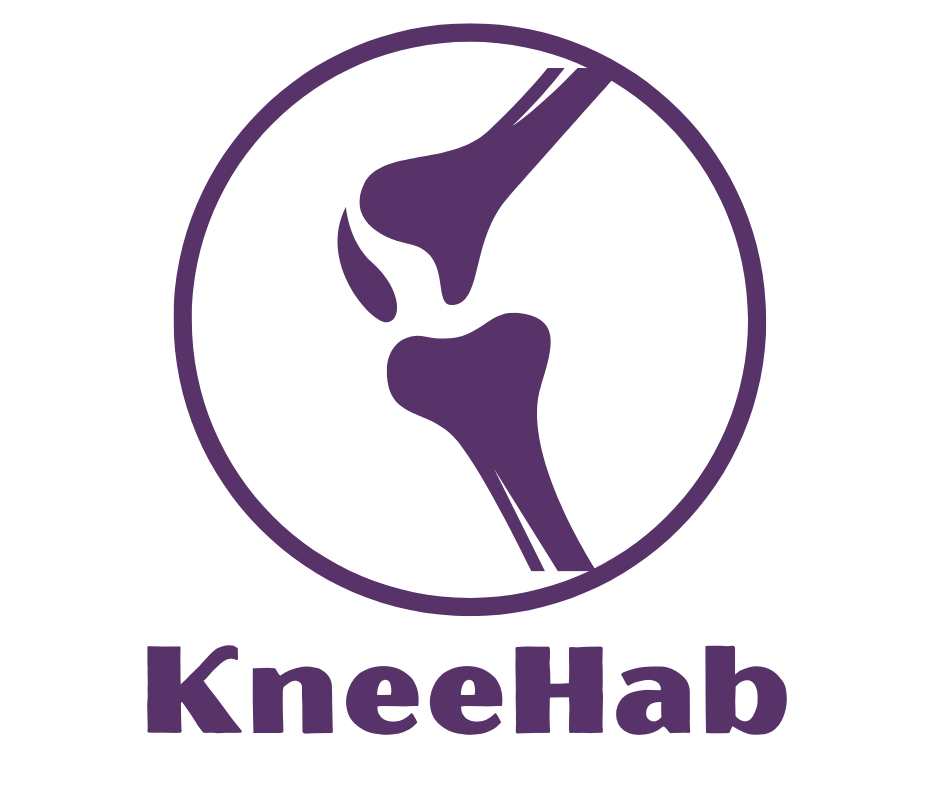Project Description:
The anterior cruciate ligament (ACL) in the knee joint constrains the anterior translation of the tibia relative to the femur. Individuals that perform cutting and pivoting maneuvers, such as professional athletes, are prone to tearing this ligament. Following a complete tear of the ACL, a patient may elect for reconstructive surgery where their native ACL is resected and replaced with a graft. The general recovery protocol requires at least 6-9 months of physical therapy, but the metrics that physical therapists (PTs) use to determine an individual’s progress are not comprehensive. PTs are constrained in a low intensity environment, making it difficult to analyze a patient’s full knee range of motion, load bearing strength, and angles of flexion and extension. Conclusions drawn from clinical tests rarely mimic the potency of recreational or professional athletic movements. Consequently, discrepancies in recovery allow the rates of ACL reinjury and comorbidities to spike. For this reason, sports medicine orthopedic surgeons and physical therapists need a way to obtain quantitative knee data during higher-intensity physical activity post-total ACL reconstruction surgery in order to reduce the incidence of ACL re injury. KneeHab has been developed to articulate novel data and information on ACL recovery in a more demanding and high intensity setting.
PTs can use this quantitative data collected during an athlete’s training to further understand the patient’s knee biomechanics in high intensity environments. Pairing this representative information with metrics collected in the clinic allows for more personalized recovery plans that minimize the risk of re-injury and optimize the recovery process.




